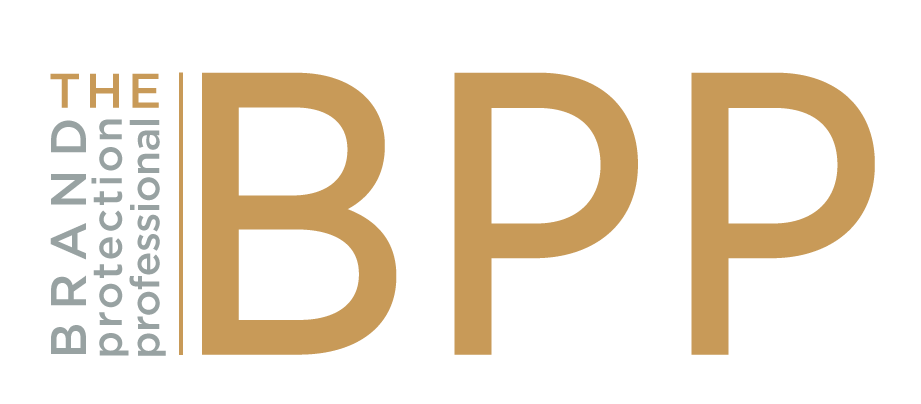PROFESSIONAL POINTER:
Brand Protection is a Security Issue
Scott Smith
Senior Manager, Global Security, Allergan
Many brand protection professionals fail to make the connection between security and brand protection, ultimately missing an opportunity to protect against multiple areas of risk. Criminal organizations looking to profit from their crimes will seize any opportunity to breach security and will not care where that opportunity lies within a company. This is shown perfectly in the short film, “Company Man: Protecting Americas Secrets” produced by the FBI. In this film, persons seeking to steal proprietary information from a company use sham deals, social engineering of employees and even intrusions into a facility. While many in a corporate environment do not think of physical security when it comes to brand protection, a good physical security system could prevent criminals from gaining access to facilities and stealing information. The largest physical concentration of company products for any company is usually found in manufacturing and warehousing plants. However, most brand protection efforts focus, through verification software and awareness campaigns, on the product when it reaches the end user. Demand for protection from counterfeit or infringing products may not be as prevalent if the product or processes were protected better at the start.
Accordingly, brand protection and security efforts need to be built in a layered approach that can be implemented across an organization. Connecting brand protection with site security for all employees allows them to be active participants in any brand protection program. Many times when new or existing employees at a site receive training on physical security risk and protocols, the opportunity to educate them on brand protection is missed. Most companies have no more than a handful of employees who are responsible for brand protection. Educating and empowering all employees about what problems exist and what part they play can help them form a more complete security mindset. Hundreds or thousands of employees who are educated about brand protection issues can also educate their families and communities, who are many times unaware of the issues. As with employees, they can be a source to report a host of issues that might not otherwise be identified.
Using resources wisely to ensure the most effective use and impact for a brand is important in both brand protection and security, as they are not often seen as revenue generating activities. A card reader or an intrusion detection system is often viewed solely as a physical security approach but, depending on the door it is controlling, it can be an important tool in brand protection. The same is true of track and trace efforts, which are often seen as a brand protection effort only but can also be utilized to identify theft in one’s own warehouse or third-party warehouses. Ultimately all security efforts should be layered and complement other efforts regardless of what area they are intended to cover. Having a unified approach avoids duplication of efforts and allows for the greatest use of all resources within a company. Security implemented should be based on risk but at the very least needs to be discussed and on everyone’s mind.
Security anywhere is not effective without security everywhere.
See “Where Can Brand Owners Find the Undiscovered Leak of Their Trade Secret?” and “Mitigating the Risk of IP and Confidential Information Leaks” BPP March, 2018.
THE BRAND PROTECTION PROFESSIONAL | JUNE 2018 | VOLUME 3 NUMBER 2
2018 COPYRIGHT MICHIGAN STATE UNIVERSITY BOARD OF TRUSTEES
- Next…
